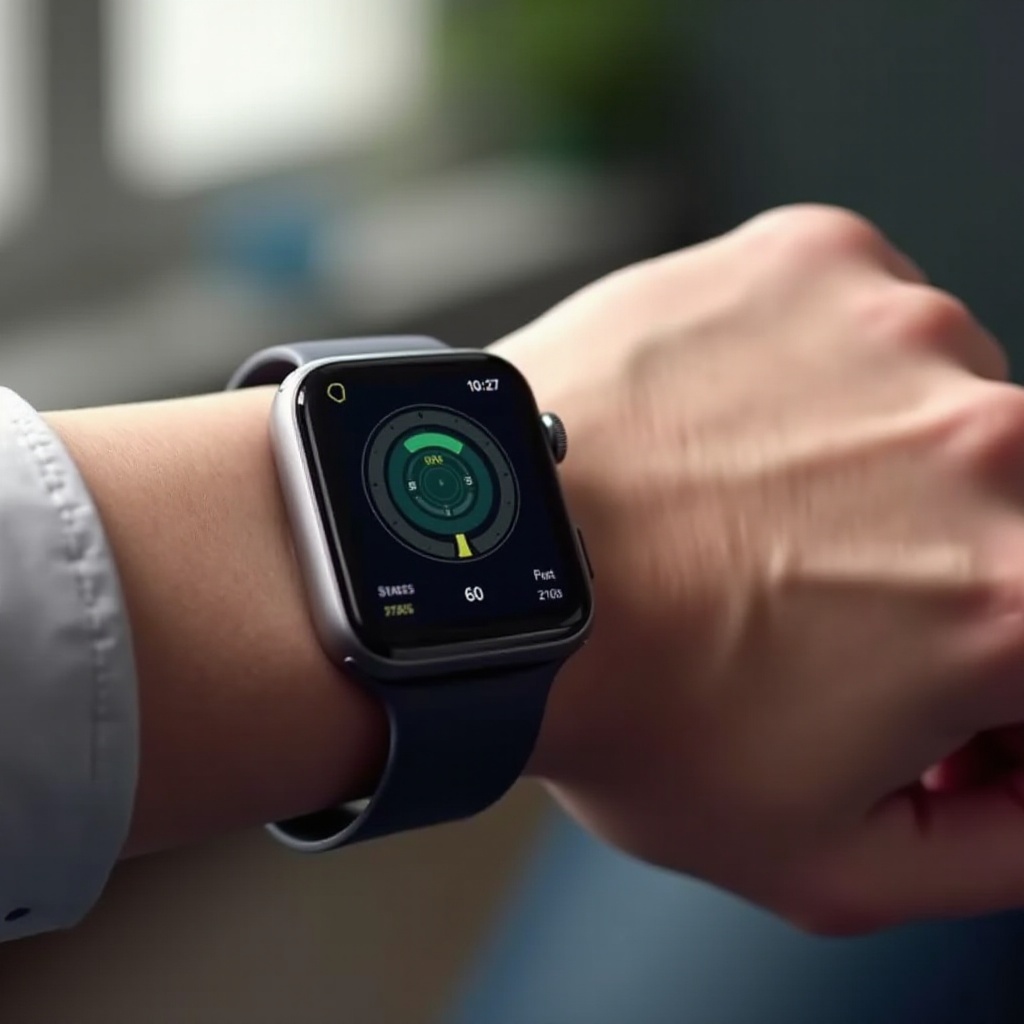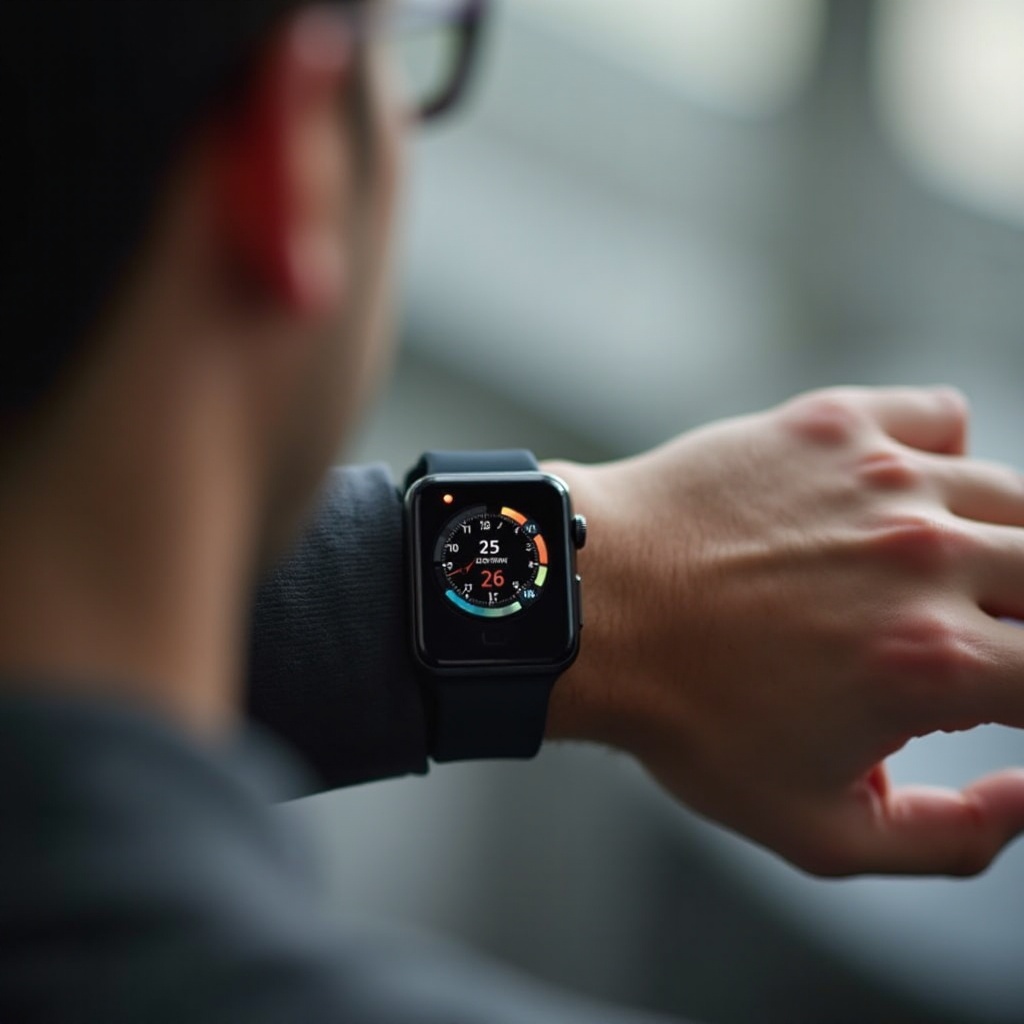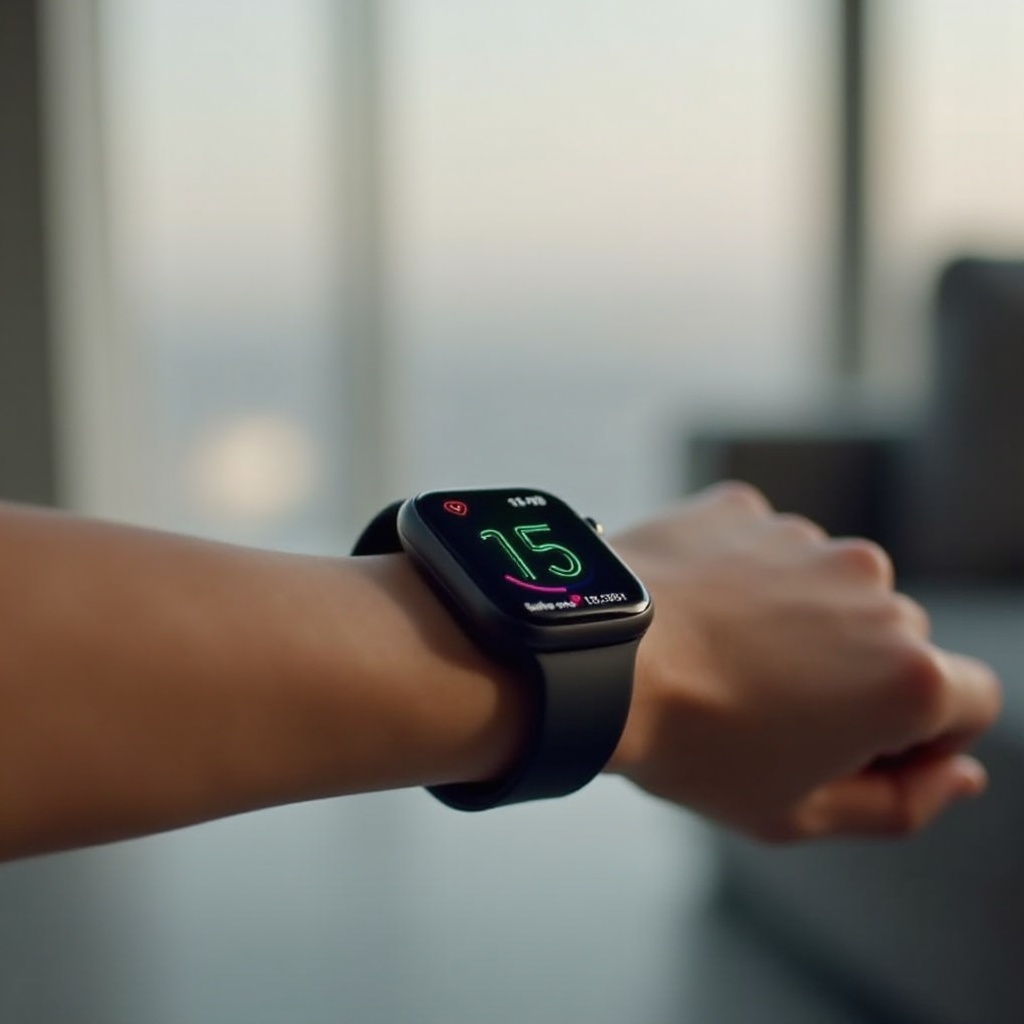Introduction
Smartwatches have evolved far beyond simple fitness trackers. They now offer advanced health monitoring features, including stress monitoring. This function can help you understand your stress levels better and take proactive measures to manage them. Understanding how stress monitors work in smartwatches can empower you to use these devices effectively for your mental and physical well-being.

What is Stress Monitoring in Smartwatches?
Stress monitoring in smartwatches involves using various sensors and algorithms to track physiological signs that indicate stress levels. These devices can measure changes in heart rate, skin conductance, and breathing patterns to provide insights into your stress. They aim to provide users with actionable feedback to help manage stress more effectively.
A key feature of stress monitoring is its ability to collect continuous data. This allows the smartwatch to build a comprehensive profile of your stress levels over time. The result is a more accurate and personalized understanding of your stress patterns, making it easier to identify triggers and manage stress effectively.

The Science Behind Stress Monitors in Smartwatches
Heart Rate Variability (HRV)
One of the primary metrics smartwatches use to assess stress is heart rate variability (HRV). HRV measures the variation in time between consecutive heartbeats. When we experience stress, our HRV tends to decrease. This is because stress activates the sympathetic nervous system, which governs the body’s ‘fight or flight’ response, generally leading to a more regular heart rhythm.
Electrodermal Activity (EDA)
Electrodermal activity involves measuring the skin’s conductivity, which changes with the amount of sweat produced. Sweat glands are controlled by the sympathetic nervous system, so higher conductance indicates higher stress levels. Some smartwatches equipped with EDA sensors can measure these changes in skin conductivity and correlate them with stress.
Breath Rate and Sleep Tracking
Breathing patterns change under stress. Rapid, shallow breathing is common when stressed, while deep, slow breaths are more typical of a relaxed state. Smartwatches can track breath rate and identify irregularities that might indicate stress. Moreover, poor sleep can increase stress levels, so tracking sleep quality is another method smartwatches use to monitor stress.
How Smartwatches Measure Stress
To measure stress, smartwatches use a combination of sensors and algorithms. The HRV is calculated through optical heart rate sensors that shine a light into the wrist to measure blood flow. EDA sensors assess the moisture in the skin, indicating stress-induced sweating. Breath rate can be monitored through sensors that detect movement or optical sensors on the wrist. These measurements are processed by algorithms designed to identify patterns indicating stress. The user is then notified about their stress levels and provided with recommended actions, such as breathing exercises or mindfulness activities.
- HRV Measurement: Optical sensors measure the time intervals between heartbeats.
- EDA Measurement: Electrodes on the watch detect variations in skin conductivity.
- Breathing Patterns: Sensors track wrist movements to determine breath rate.
- Sleep Tracking: Monitors movements and heart rate throughout the night to assess sleep quality.

Benefits of Using Stress Monitoring in Smartwatches
Using a smartwatch with stress monitoring capabilities offers numerous benefits:
- Awareness: Knowing your stress levels allows you to take timely action.
- Management: Personalized insights can guide effective stress management techniques.
- Improved Health: Reducing stress can have positive impacts on overall health, including better sleep, improved mood, and lower risk of chronic diseases.
- Performance Boost: Lower stress levels often equate to improved focus and productivity.
Comparing Stress Monitoring Features Across Major Smartwatch Brands
Apple Watch
Apple Watch uses HRV and breath data to assess stress levels. It prompts users to take deep breaths when stress is detected. The ECG feature further enhances heart health monitoring.
Samsung Galaxy Watch
Samsung Galaxy Watch employs HRV and sleep tracking. It also offers stress-busting exercises and guided meditations via the Samsung Health app, making it a comprehensive tool for stress management.
Garmin and Fitbit
Garmin and Fitbit devices use HRV, EDA, and sleep tracking to monitor stress. They provide detailed reports and actionable insights to help users manage stress effectively. Fitbits also include guided breathing exercises to help mitigate immediate stress.
Conclusion
Stress monitoring in smartwatches leverages advanced technology to track physiological indicators of stress. This provides valuable insights that can help manage stress levels. By understanding how these features work, you can maximize the benefits your smartwatch offers.
Frequently Asked Questions
How accurate are stress monitors in smartwatches?
The accuracy varies by brand and model, but most provide a good indicator of stress levels. They should not replace professional medical advice but can be an excellent tool for daily monitoring.
Can stress monitoring on my smartwatch improve my mental health?
Yes, regular monitoring can help you identify stress triggers and adopt strategies for managing stress, potentially improving overall mental health.
Which smartwatch has the best stress monitoring feature for beginners?
For beginners, the Apple Watch or Fitbit devices are often recommended due to their user-friendly interfaces and comprehensive health apps.

